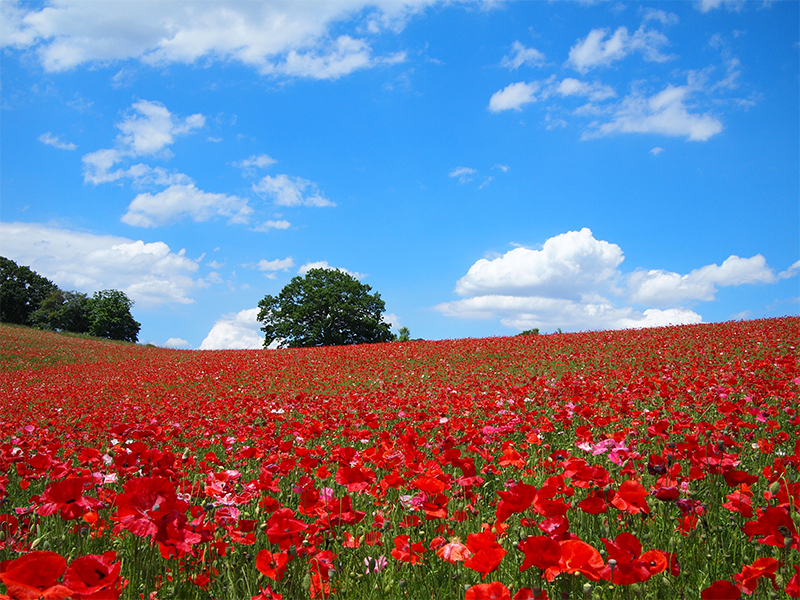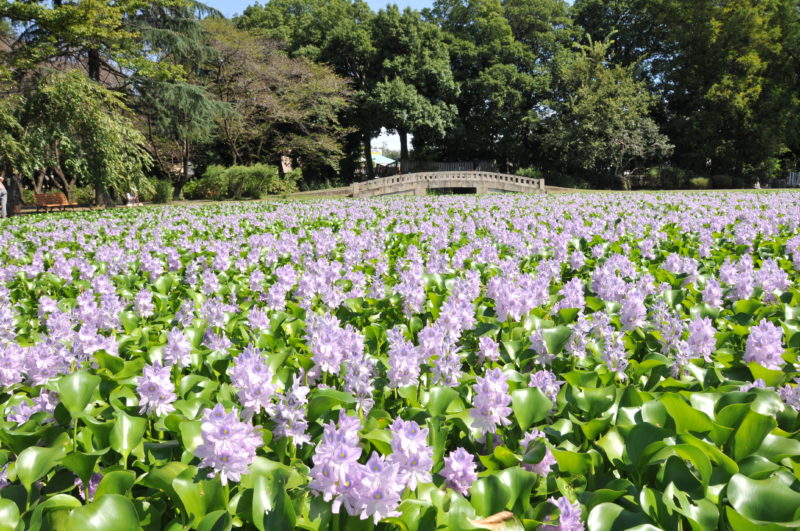Cosmos Arena Fukiage
sightseeing

12 million cosmos flowers bloom on the 8.8 hectare fields along the Arakawa riverbank. Surrounded by a sea of cosmos flowers, you can enjoy an impressive view of the Chichibu mountain range and Mt. Fuji. The best time to see the cosmos flower is in mid-October, but poppies can also be enjoyed in May. At the Cosmos Festival in mid-October, the area is lively with stage events, refreshment stalls, and cosmos picking events.
Basic Information
Location
636-1 for Myoyo, Konosu City, Saitama Prefecture
TEL
048-541-1321(Konosu City Hall Commerce and Tourism Division)
Event Information
Mid-late October
How to get there
Public transport
Transfer to the "Konosu City Community Bus Flower (Fukiage Minami course)" from the south exit of Fukiage station at the JR Takasaki line. Get off after 5 min at the bus stop "Cosmos Arena Fukiage". Location is right by the bus stop.
Parking
Free parking available









